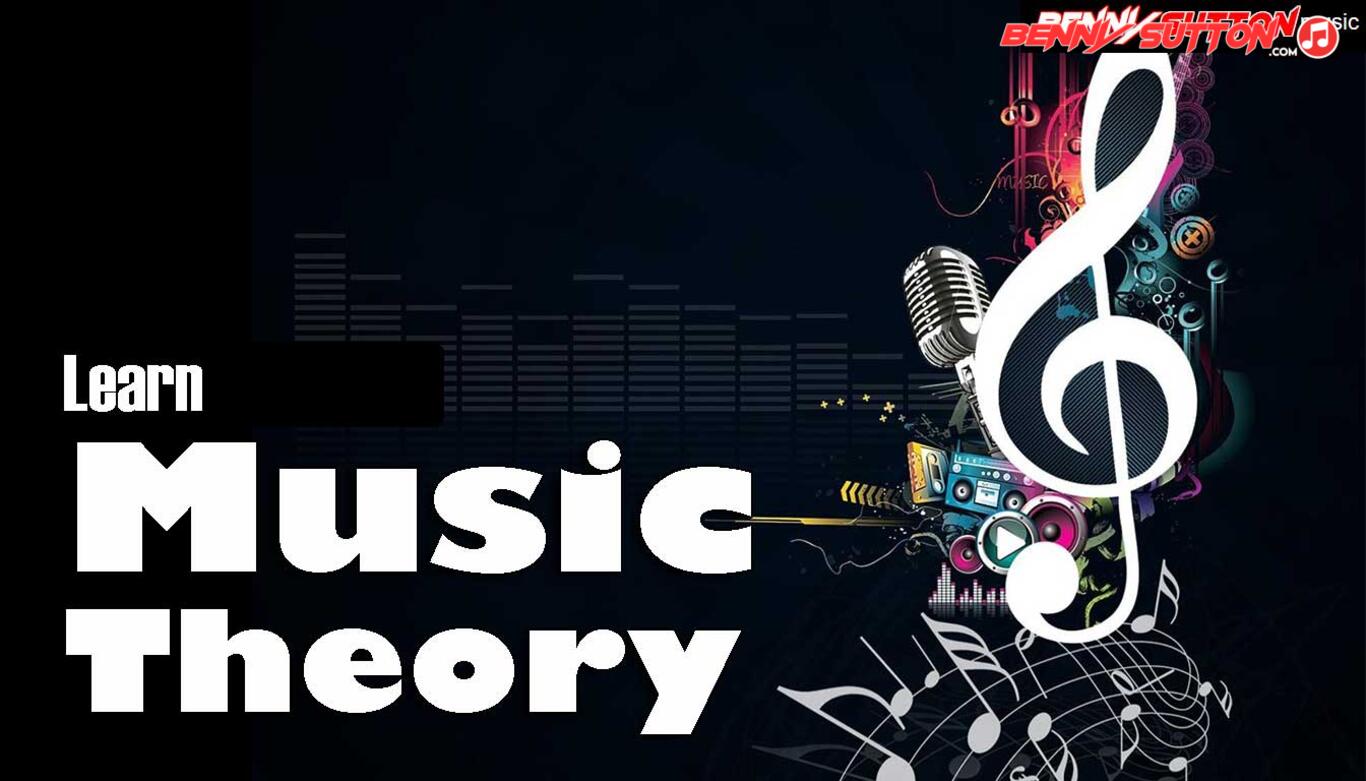Seventh chords with added tensions 9, 11, 13; color tones requiring careful voice-leading.
Extended Chords (9th, 11th, 13th)
Extended chords expand upon seventh chords by stacking additional thirds on top, creating 9th, 11th, and 13th structures.
These chords introduce lush dissonances and complex overtones that define jazz, soul, fusion, and modern film harmony.
Where triads express basic tonality and sevenths provide direction, extended chords convey depth, color, and sophistication.
Structure
Each extended chord builds on a seventh chord foundation:
| Chord Type | Stack of Thirds | Example (C root) | Notes |
|---|---|---|---|
| 9th | 1 – 3 – 5 – 7 – 9 | C–E–G–B♭–D | Adds sparkle and openness |
| 11th | 1 – 3 – 5 – 7 – 9 – 11 | C–E–G–B♭–D–F | Expands harmonic depth |
| 13th | 1 – 3 – 5 – 7 – 9 – 11 – 13 | C–E–G–B♭–D–F–A | Full-spectrum jazz color |
In practice, extended chords rarely include every note; arrangers omit the 5th or even the 9th or 11th for clarity.
Interval Relationships
| Extension | Adds | Effect |
|---|---|---|
| 9th | Major 2nd (octave higher) | Sparkling tension |
| 11th | Perfect 4th (octave higher) | Airy and unresolved |
| 13th | Major 6th (octave higher) | Rich, smooth warmth |
Each new extension blends dissonance and consonance, producing a shimmering harmonic field when voiced well.
Common Types
Major 9th (maj9)
Built from a major 7th base:
Formula: 1 – 3 – 5 – 7 – 9
Example: C–E–G–B–D
Smooth, reflective, and often used as a tonic in jazz or pop ballads.
dominant seventh 9th (9)
Based on a dominant 7th:
Formula: 1 – 3 – 5 – ♭7 – 9
Example: C–E–G–B♭–D
Bright tension that resolves to I or IV; essential in blues and funk.
Minor 9th (m9)
From a minor 7th chord:
Formula: 1 – ♭3 – 5 – ♭7 – 9
Example: C–E♭–G–B♭–D
Warm, smooth, used in soul and R&B progressions (ii–V–I).
11th Variants
Usually derived from dominant or minor 7ths.
dominant seventh 11th: 1 – 3 – 5 – ♭7 – 9 – 11
Minor 11th: 1 – ♭3 – 5 – ♭7 – 9 – 11
Often omit the 3rd to avoid clash between 3rd and 11th.
13th Variants
Highest-level extension; implies full color spectrum.
dominant seventh 13th: 1 – 3 – 5 – ♭7 – 9 – 13
Major 13th: 1 – 3 – 5 – 7 – 9 – 13
Lush, full-bodied chords in jazz, soul, and fusion.
Roman Numeral Function
| Type | Function | Common Use |
|---|---|---|
| V9 | dominant seventh | Resolves to I or Imaj7 |
| ii9 | Pre-dominant | Moves to V9 |
| Imaj9 | Tonic | Dreamy major key tonic |
| i11 | Tonic minor | Modal or R&B progression |
| V13 | dominant seventh extension | Warm, groovy resolution |
Sound and Character
- Mood: sophisticated, rich, modern
- Color: full-spectrum harmonic complexity
- Function: expressive extension of dominant and tonic chords
- Texture: shimmering, layered, harmonically dense
Extended chords convey the harmonic language of modern jazz, where tension and beauty coexist.
Common Progressions
| Progression | Example (in C) | Effect |
|---|---|---|
| ii9 – V13 – Imaj9 | Dm9 – G13 – Cmaj9 | Classic jazz cadence |
| Imaj9 – IV13 | Cmaj9 – F13 | Lush gospel flow |
| Imaj9 – vi9 – ii9 – V13 | Cmaj9 – Am9 – Dm9 – G13 | Circle progression |
| V9 – IV9 | G9 – F9 | Soul and funk movement |
| i11 – VII9 | Am11 – G9 | Modal minor vamp |
Real-World Examples
| Song | Artist | Use |
|---|---|---|
| “Sir Duke” | Stevie Wonder | Bright dominant 13ths |
| “Spain” | Chick Corea | Maj9 and 13ths in fusion context |
| “Just the Two of Us” | Bill Withers | Smooth major 9ths and 13ths |
| “Girl from Ipanema” | Jobim | ii9–V13–Imaj9 bossa progression |
| “Still Crazy After All These Years” | Paul Simon | Lush 9ths and 13ths for reflective tone |
Application Tips
- On guitar, use partial voicings (omit 5th or 11th) to maintain clarity.
- On piano, spread tones between both hands for balance.
- In arranging, give extensions to higher instruments (horns, strings, synth pads).
- Treat 9th/13th tones as melody anchors — they enrich without overpowering.
Summary
| Attribute | Value |
|---|---|
| Formula | 9th: 1–3–5–7–9; 11th: 1–3–5–7–9–11; 13th: 1–3–5–7–9–11–13 |
| Tonality | Major, minor, or dominant |
| Emotional Color | Lush, complex, sophisticated |
| Function | Advanced tonic or dominant |
| Common Progressions | ii9–V13–Imaj9 |
| Used In | Jazz, funk, soul, fusion, R&B, film, gospel |
